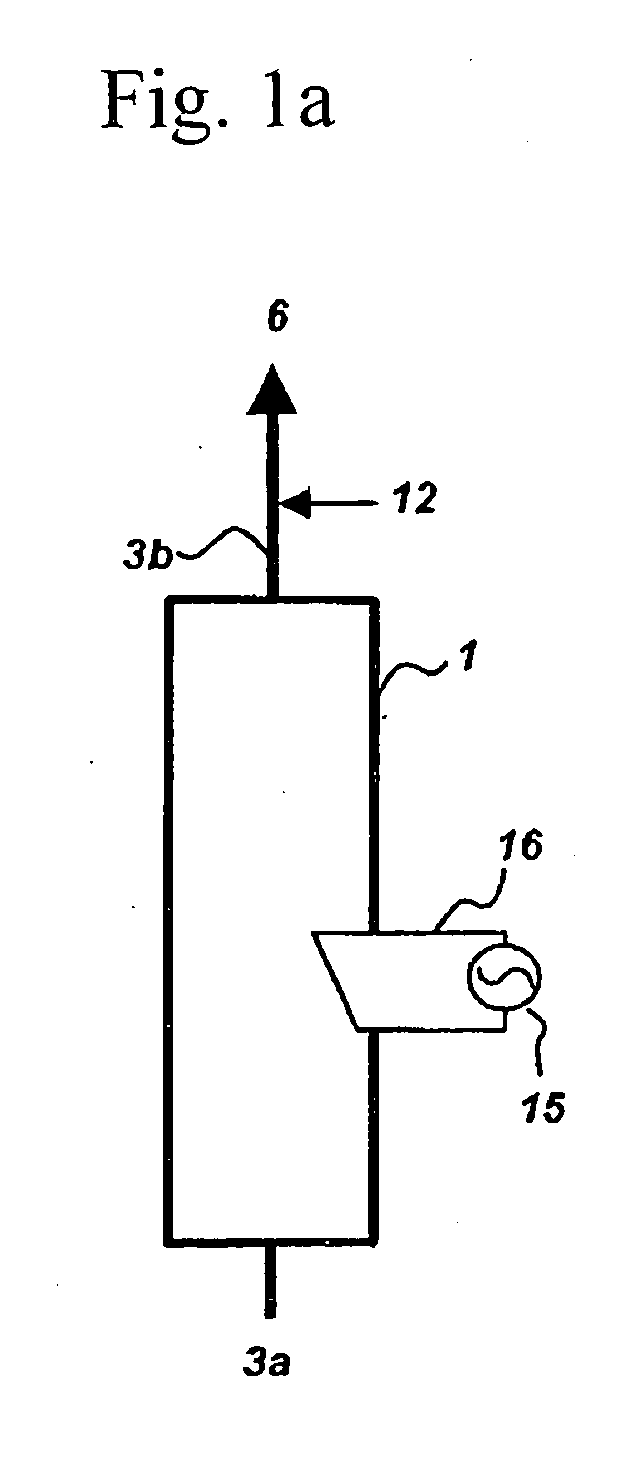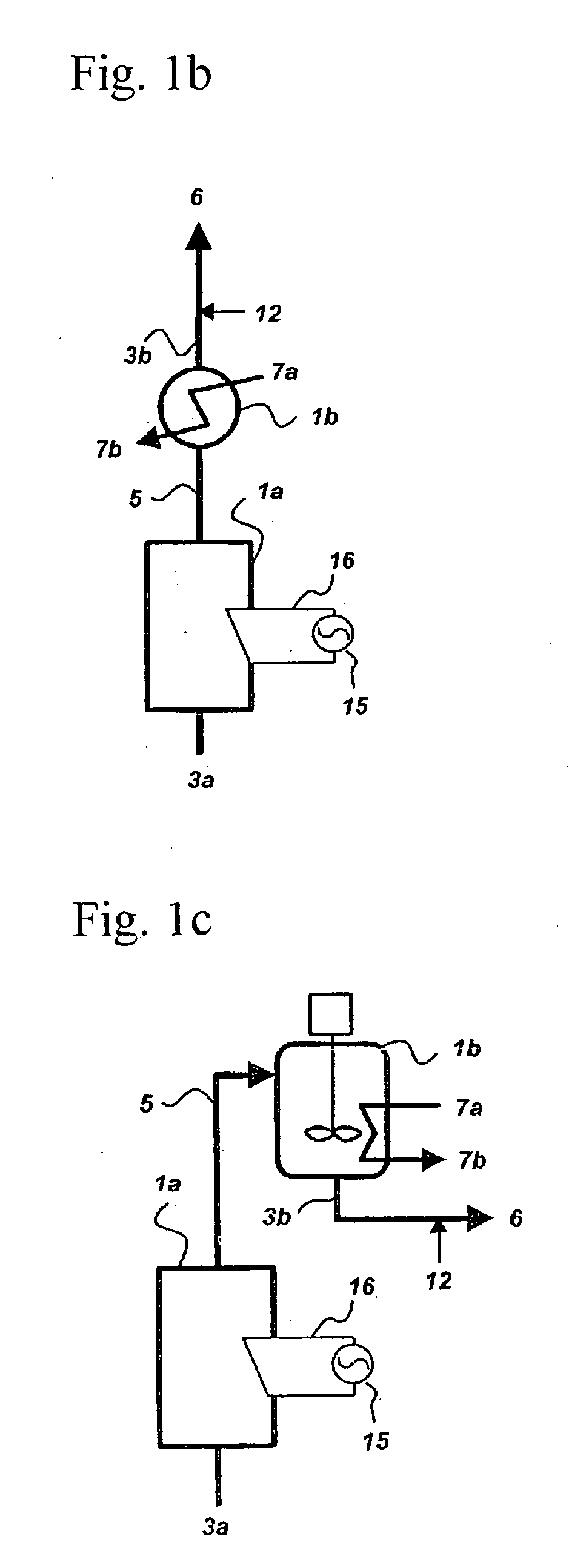Method for continuous preparation of nanometer-sized hydrous zirconia sol using microwave
a hydrous zirconia and nanometer-sized technology, applied in zirconium oxides, zirconium compounds, chemical/physical/physico-chemical processes, etc., can solve the problems of hardly removing anion impurities with water, hardly obtaining co-precipitates having a uniform composition in each particle, and hardly filtration and separation. , to achieve the effect of lowering the concentration of zirconium sal
- Summary
- Abstract
- Description
- Claims
- Application Information
AI Technical Summary
Benefits of technology
Problems solved by technology
Method used
Image
Examples
example 1
[0114] 0.04 mole of zirconium oxychloride and 1g of hydroxy propyl cellulose are dissolved in one liter of the solvent mixture of 1-propyl alcohol and water (a molar ratio of 1.2) to prepare the aqueous solution of a zirconium salt. The aqueous solution of a zirconium salt is continuously supplied to a quarts glass tube having an inner diameter of 16 mm and equipped in a stainless steel reactor at the temperature of about 10° C. at a flowing rate of 403 cc / min. 2,450 MHz of microwave is irradiated to the solution to heat the solution so that the temperature at the outlet of the reaction tube may be 74° C. The pH value of the suspension discharged from the outlet of the reaction tube is controlled to 7.5 by adding 2N-ammonia water in a mixer to continuously prepare a hydrous zirconia sol.
[0115] The hydrous zirconia particles are filtered off the obtained hydrous zirconia sol through a 20 nanometer-sized filter and then repeatedly washed with distilled water until ions of Cl− are not...
example 2
[0118] 0.06 mole of a zirconium oxychloride and 0.4 g of hydroxy propyl cellulose are dissolved in one liter of the solvent mixture of 2-propyl alcohol and water (a molar ratio of 0.8) to prepare the aqueous solution of a zirconium salt. The aqueous solution of a zirconium salt is continuously supplied to a quarts glass tube having an inner diameter of 16 mm and equipped in the first stainless steel reaction zone at the temperature of about 7° C. at a flowing rate of 910 cc / min. 2,450 MHz of microwave is irradiated to the solution to heat the solution so that the temperature at the outlet of the reaction tube may be 45° C.
[0119] The intermediate product discharged from the outlet of the reaction tube is continuously supplied to a reaction tube of the second reaction zone as a shell-tube heat exchanger type having 8 stainless reaction tubes of an inner diameter of 6 mm. A steam of about 106° C. as a heating medium is supplied to the shell side and condensed so that the temperature o...
example 3
[0122] 0.01 mole of zirconium oxychloride and 0.4 g of hydroxy propyl cellulose are dissolved in one liter of the solvent mixture of 2-propyl alcohol and water (a molar ratio of 1.6) to prepare the aqueous solution of a zirconium salt. The aqueous solution of a zirconium salt is continuously supplied to a quarts glass tube having an inner diameter of 12 mm and equipped in the first stainless steel reaction zone at the temperature of about 12° C. at a flowing rate of 362 cc / min. 2,450 MHz of microwave is irradiated to the solution to heat the solution so that the temperature at the outlet of the reaction tube may be 53° C.
[0123] The intermediate product discharged from the outlet of the reaction tube is supplied to the second stainless steal reaction zone having a stirred type vessel and an inner diameter of 120 mm and height of 600 mm. The height of the liquid in the second reaction zone is maintained at 400 mm, and the intermediate product is stirred with a stirrer installed in an...
PUM
| Property | Measurement | Unit |
|---|---|---|
| average diameter(dp | aaaaa | aaaaa |
| diameter(dp | aaaaa | aaaaa |
| diameter | aaaaa | aaaaa |
Abstract
Description
Claims
Application Information
 Login to View More
Login to View More - R&D
- Intellectual Property
- Life Sciences
- Materials
- Tech Scout
- Unparalleled Data Quality
- Higher Quality Content
- 60% Fewer Hallucinations
Browse by: Latest US Patents, China's latest patents, Technical Efficacy Thesaurus, Application Domain, Technology Topic, Popular Technical Reports.
© 2025 PatSnap. All rights reserved.Legal|Privacy policy|Modern Slavery Act Transparency Statement|Sitemap|About US| Contact US: help@patsnap.com



